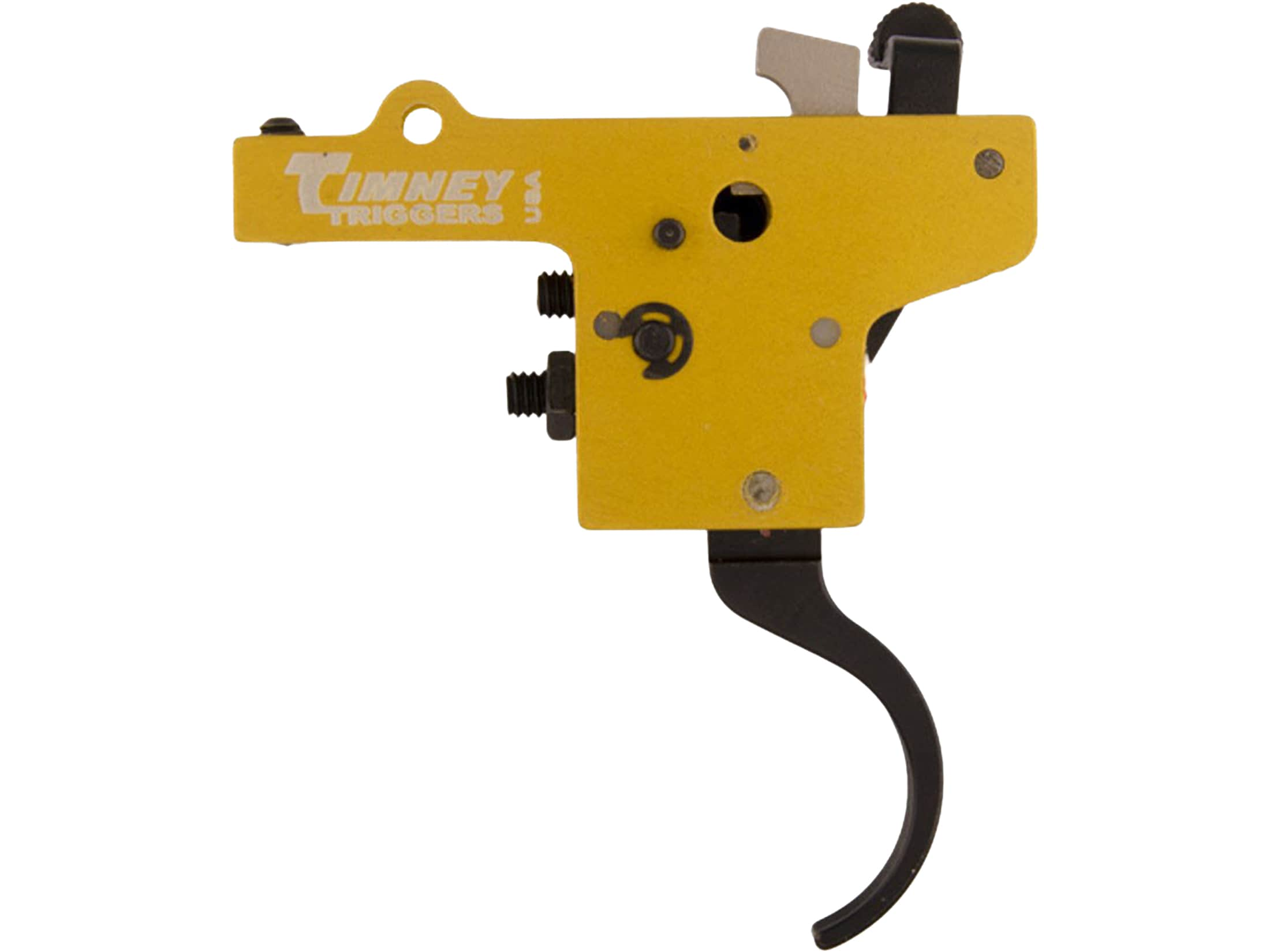heavy_mech
RKI- Reasonably Knowledgable Individual
While I wouldn't bet my life on it, that sure looks like an aftermarket trigger.


looks good. now to try the bolt swap as suggested above.I have dismantled it now. Trigger looks original. 56 is matching with the rest of the rifle (except the bolt).
The ejector swings into the slot in the bolt lug when the bolt head moves back. It is not stuck in he bolt stop box. I have dismantled and cleaned it thoroughly to no avail. Weak spring - could be. But it does push freely to the left and spring back when I remove my finger. As for being worn or bent - it is a bit hard for me to tell, since I dont have a "good" one to compare with. But here is a couple of pictures of it.Now you are back to checking the ejector/ejector box spring on the left side of the rear ring. The ejector should swing into the slot in the left bolt lug as the bolt head moves back.
If it isn't moving freely, it can stay stuck in the bolt stop box. It could just be grime built up, a weak spring, or a very worn or bent ejector.
You should be able to put your finger in the rear ring and feel it. It should push freely to the left and spring back when you remove your finger.

